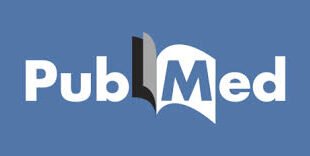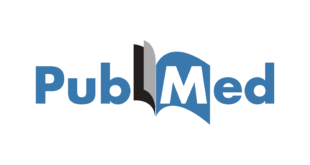Background: The phosphoinositide 3-kinase/protein kinase-B/mechanistic target of rapamycin (PI3K/Akt/mTOR) signalling pathway is crucial for cell survival, differentiation, apoptosis and metabolism. Xi Huang Wan are a traditional Chinese preparation with antitumour properties. They inhibit the growth of breast cancer, glioma, and other tumours by regulating the PI3K/Akt/mTOR signalling pathway. However, the effects …
Read More »Ginseng improves gut microbiome biodiversity
Panax ginseng, as the king of Chinese herb, has significant therapeutic effects on obesity, type 2 diabetes mellitus, fatty liver disease, colitis, diarrhea, and many other diseases. This review systematically summarized recent findings, which show that ginseng plays its role by regulating gut microbiota diversity, and gut microbiota could also …
Read More »The best Chinese herbal patents for hypertension
This study aims to systematically evaluate the effect of oral Chinese patent medicines on hypertension with network Meta-analysis. Randomized controlled trials on the treatment of hypertension with oral Chinese patent medicine combined with conventional western medicine were retrieved from China National Knowledge Infrastructure(CNKI), Wanfang, VIP, SinoMed, PubMed, EMbase, and Cochrane …
Read More »The Chinese herbal formula Tao Hong Si Wu Tang protects against stroke
Ethnopharmacological relevance: Tao Hong Si Wu Tang is a classic prescription of traditional Chinese medicine that is mainly used for promoting blood circulation and alleviating blood stasis. Tao Hong Si Wu Tang is composed of Prunus persica (L.) Batsch, Carthamus tinctorius L., Ligusticum chuanxiong hort, Angelica sinensis (Oliv.) Diels, Rehmannia glutinosa …
Read More »The Chinese herbs Mu Xiang and Chuan Mu Xiang protect the liver
Ethnopharmacological relevance: Mu Xiang (Aucklandiae Radix) and Chuan Mu Xiang (Vladimiriae Radix) were used to treat gastrointestinal, liver and gallbladder diseases at practice. In most conditions, Chuan Mu Xiang was used to be a substitute of Mu Xiang or a local habit may attribute to the same main active ingredients Costunolide …
Read More »The Chinese herbal formula Xiao Yan San relieves cirrhosis of the liver
Ethnopharmacological relevance: Xiao Yao San is a traditional Chinese herbal formula that has long been used to treat liver cirrhosis, liver failure, and hepatocarcinoma. However, little is known about its mechanism of action and targets in treating chronic liver disease. Aim of the study: This study aimed to detect the critical transition …
Read More »The Chinese herbal formula Da Huang Zhe Chong Wan aids liver cancer
Background: Da Huang Zhe Chong Wan improves the inhibitory immune status of mice with hepatocellular carcinoma by regulating Treg/Th1 balance. Hypothesis/purpose: To study the multi-material basis and multi-mechanisms of Da Huang Zhe Chong Wan against hepatocellular carcinoma by regulating Treg/Th1 balance in vitro and in vivo. Methods: UPLC-MS/MS was used to detect the …
Read More »The Chinese herbal formula Qin Bai Qing Fei Wan relieves pneumonia
Ethnopharmacological relevance: Traditional Chinese medicine categorizes Mycoplasma pneumoniae pneumonia as “lung heat”, and treatment with heat clear and detoxify. Traditional Chinese medicine believes that the lungs and intestines come from the same source, and the intestine is related to pneumonia. This is the same as the gut-lung axis theory. Qin Bai …
Read More »Traditional Chinese medicine is effective in the treatment of pneumoconiosis
Effective therapy options for pneumoconiosis are lacking. Traditional Chinese medicine (TCM) presents a favorable prospect in the treatment of pneumoconiosis. A pilot study on TCM syndrome differentiation can evaluate the clinical efficacy and safety of TCM and lay a foundation for further clinical research . A double-blind, randomized, and placebo-controlled …
Read More »Chinese medicine therapy on Shenque (CV 8) beats western medicine for primary dysmenorrhoea
Background: Primary dysmenorrhoea is the most common complaint associated with menstruation and affects up to three-quarters of women at some stage of their reproductive life. In Chinese medicine, navel therapy, treatment provided at Shenque (CV 8), is used as a treatment option for primary dysmenorrhoea. Objective: To evaluate the effect of navel …
Read More » Acupuncture Times Read the latest acupuncture research articles about acupuncture, Chinese herbal medicine, cupping therapy and moxibustion.
Acupuncture Times Read the latest acupuncture research articles about acupuncture, Chinese herbal medicine, cupping therapy and moxibustion.

